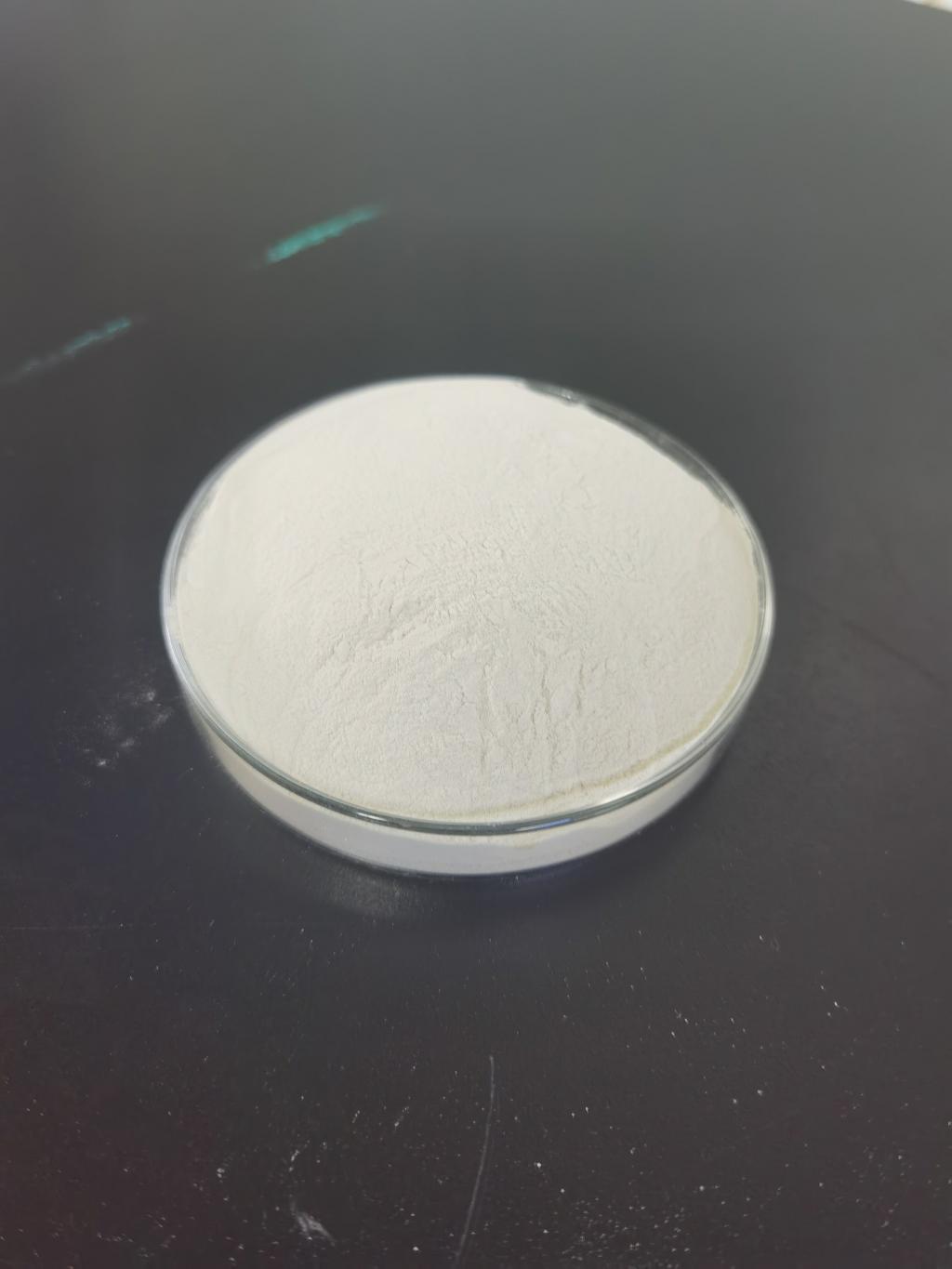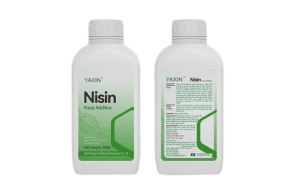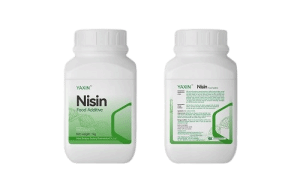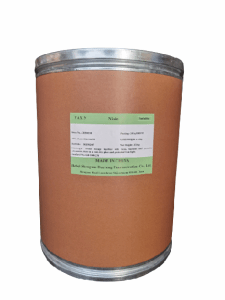Tel:+8618231198596

News
 CONTACT
CONTACT
 CONTACT
CONTACT
- Linkman:Linda Yao
- Tel: +8618231198596
- Email:linda.yao@dcpharma.cn
- Linkman:CHARLES.WANG
- Department:Overseas
- Tel: 0086 0311-85537378 0086 0311-85539701
News
The use of nisin in controlling spoilage in high-sugar and high-fat foods is a focus of research.
TIME:2024-09-27
Understanding Nisin and Its Mechanism:
Nisin is a polycyclic antibacterial peptide produced by certain strains of Lactococcus lactis during fermentation. It is highly effective against a wide range of Gram-positive bacteria, including spore-formers, which are often responsible for food spoilage. The mode of action of nisin involves binding to lipid II, an essential precursor for bacterial cell wall synthesis, leading to pore formation and cell death. Its unique properties have led to its widespread use and approval as a safe food additive in many countries.
Challenges in High-Sugar and High-Fat Foods:
High-sugar and high-fat foods present specific challenges for microbial control. The high osmotic pressure in sugary foods and the low water activity in fatty foods can inhibit the growth of many microorganisms but also create conditions that favor the survival of some resistant species. Moreover, the sensory characteristics of these foods, such as taste, texture, and mouthfeel, must be preserved, limiting the options for traditional preservatives that may alter these qualities.
Nisin's Role in High-Sugar and High-Fat Foods:
Antimicrobial Efficacy: Nisin has been shown to be particularly effective in inhibiting the growth of spoilage organisms and pathogens in high-sugar and high-fat environments. Its ability to target a broad spectrum of Gram-positive bacteria makes it a versatile preservative for various food types, from sweet confections to rich dairy products.
Sensory Impact: One of the key advantages of nisin is its minimal impact on the sensory attributes of foods. Unlike some chemical preservatives, nisin does not impart off-flavors or odors, making it suitable for use in delicate and flavor-sensitive products.
Stability and Compatibility: Nisin exhibits good stability under a range of processing and storage conditions, including those encountered in the production and distribution of high-sugar and high-fat foods. It can be combined with other preservation methods, such as modified atmosphere packaging (MAP) or mild heat treatments, to achieve synergistic effects and further improve the shelf-life and safety of food products.
Research and Development:
Ongoing research aims to optimize the application of nisin in high-sugar and high-fat foods. Studies focus on understanding the interactions between nisin and food matrices, determining the most effective concentrations, and exploring delivery systems that can ensure the sustained release of nisin over time. Additionally, researchers are investigating the potential of using nisin-producing starter cultures to naturally produce nisin within the food itself, offering a more integrated approach to food preservation.
Conclusion:
The use of nisin as a natural preservative in high-sugar and high-fat foods represents a significant advancement in the field of food technology. By effectively controlling spoilage and enhancing food safety without compromising sensory quality, nisin offers a sustainable and consumer-friendly solution. As research continues to refine our understanding and application of this potent antimicrobial, nisin is poised to play an increasingly important role in ensuring the longevity and integrity of a wide array of food products. The integration of nisin into the preservation strategies for high-sugar and high-fat foods not only supports the demand for safer and longer-lasting products but also aligns with the growing consumer preference for natural and minimally processed ingredients.
- Tel:+8618231198596
- Whatsapp:18231198596
- Chat With Skype







